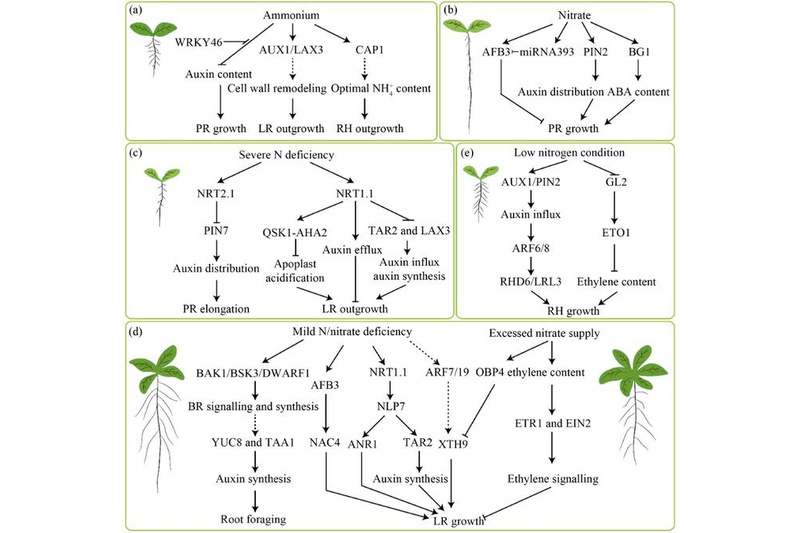
Preservation of fresh-cut vegetables; a producer’s and consumer’s sake

In recent years, new food packaging concepts have been developed to respond on consumption trends towards mildly preserved, fresh convenient food products. Fresh-cut vegetables are an example of fresh-like, healthy convenience foods, developed in the ‘80s in the UK. Their market is yearly increasing with 25% in West Europe.
Packaging fresh-cut vegetables under an Equilibrium Modified Atmosphere (EMA) is one of the new applied food packaging technologies offering a prolonged shelf-life of respiring products by suppression of the respiration rate. Different from other fresh foods (such as meat and fish), fruits and vegetables continue to actively metabolise during post harvest periods. By matching film permeation rates for O2 and CO2 with the respiration rate of the packaged fresh-cut vegetables an equilibrium modified atmosphere can be established inside the packages. The use of low oxygen concentration (1-5%) and high carbon dioxide concentration (5-10%) (balance N2) in combination with storage at refrigeration temperatures (optimally 4°C), is proposed as optimal storage conditions for fresh-cut vegetables to maintain the sensory as well as the microbial quality. By this modified atmosphere, the enzymatic browning reaction on cut surfaces is inhibited and the general structure of the plant tissue sustains longer in its typical turgoricidy and crispness resulting in a better protection for microbial invasion.
Packaged fruits and vegetables are usually exposed to varying surrounding temperatures during handling, transportation, storage and marketing. Changes in the environmental temperature creates a specific problem in EMA design because the respiration rate is more influenced by temperature changes than is the permeability of semi-permeable films used to obtain the EMAs. Due to this fact, it is difficult to maintain an optimum atmosphere inside a package when the surrounding temperature is not constant. A packaging film that produces a favourable atmosphere at the temperature for which the package was designed for, may cause excessive accumulation of CO2 and/or depletion of O2 at higher temperatures. This situation could lead to metabolic disorders such as production of off-flavours. Therefore, temperature must be controlled thoughout the whole distribution chain from farm to fork and the consumer as well has to take his responsibility by storing these products as soon as possible in the refrigerator (between 4 and 7°C).
Storage experiments were conducted at different (constant) temperatures (between 2 and 10°C) and also a distribution chain for refrigerated products was simulated. Storage temperature is found to be of paramount importance to maintain the microbial and sensory quality evolution of minimally processed vegetables. Parallel to these experiments, the microbial safety of these products was evaluated. An optimal temperature was defined as 4°C in order to guarantee a certain microbial and sensory quality to the consumer but to guarantee as well the product safety.
Finally, a high oxygen atmosphere was evaluated as an alternative packaging atmosphere for fresh-cut produce, sensitive to enzymatic browning (vegetables such as shredded chicory endive and grated celeriac; fruits such as apple and pear). This atmosphere (i.e., > 70% O2) showed a substantial reduction of both microbial and sensory spoilage: both the enzymatic browning and the outgrowth of yeasts were reduced.














